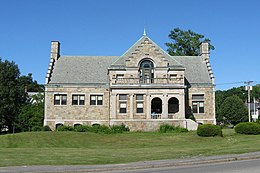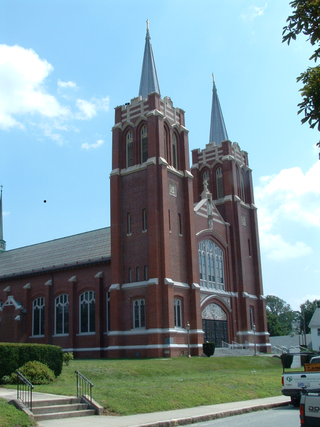
John W. Donohue, AIA (1869–1941) was an American architect who was active in Western Massachusetts during the first half of the 20th century.

Elbridge Boyden (1810–1898) was a prominent 19th-century American architect from Worcester, Massachusetts, who designed numerous civil and public buildings throughout New England and other parts of the United States. Perhaps his best known works are the Taunton State Hospital (1851) and Mechanics Hall (1855) in Worcester.
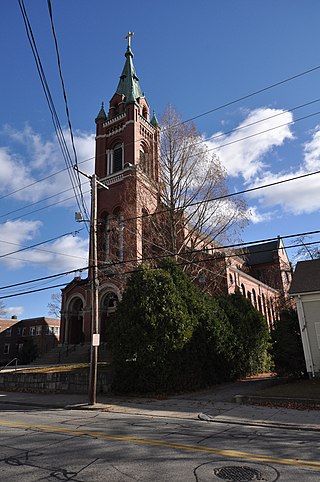
Walter F. Fontaine was an American architect of French Heritage from Woonsocket, Rhode Island.

Shepard S. Woodcock (1824–1910) was an American architect practicing in Boston, Massachusetts during the second half of the nineteenth century.

Henry M. Francis, often known as H. M. Francis, was an architect in Massachusetts. A number of his works, alone or with sons, are listed on the United States National Register of Historic Places. His finest work may be the Murdock School in Winchendon, Massachusetts, built in 1887.

William R. Walker & Son was an American architectural firm in Providence, Rhode Island, active during the years 1881 to 1936. It included partners William Russell Walker (1830–1905), William Howard Walker (1856–1922) and later William Russell Walker II (1884–1936).
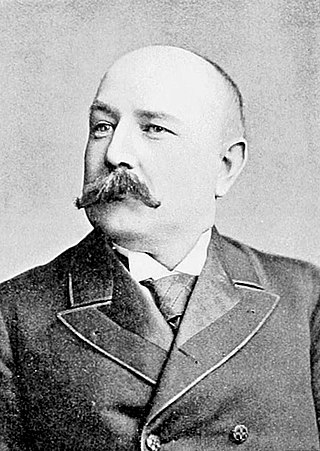
George Fullington Loring (1851–1918) was an architect from Boston, Massachusetts.

Richard Bond (1798–1861) was an early American architect who practiced primarily in Boston, Massachusetts.

Charles Edward Parker (1826-1890) was an American architect from Boston, Massachusetts.

Frost, Briggs & Chamberlain, later Frost & Chamberlain and Frost, Chamberlain & Edwards, was an early 20th century architectural firm out of Worcester, Massachusetts.

Lucius W. Briggs (1866-1940) was an American architect practicing in Worcester, Massachusetts.

Holman K. Wheeler was a prolific Massachusetts architect. Wheeler is responsible for designing more than 400 structures in the city of Lynn alone, including the iconic High Rock Tower which is featured prominently on the Lynn city seal. While practicing in Lynn and Boston over a career spanning at least 35 years Wheeler designed structures throughout the Essex County area, including Haverhill, Marblehead, Newburyport, Salem, Swampscott, and Lynn. Wheeler is responsible for a total of five Lynn structures listed on the National Register of Historic Places, more than any other person or firm.
Frank W. Angell (1851–1943) was an American architect practicing in Providence, Rhode Island.
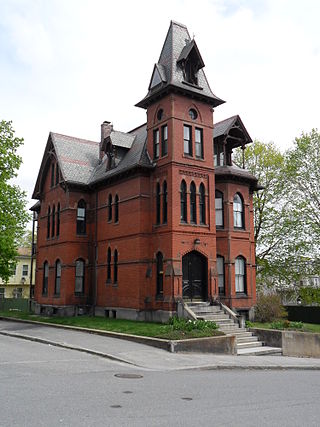
Amos Porter Cutting (1839–1896) was an American architect from Worcester, Massachusetts.

John Ashton (1861-1953) was an English-born American architect from Lawrence, Massachusetts.

J. Williams Beal, Sons, successor to the office of J. Williams Beal, was a successful architectural firm based in Boston, Massachusetts. Established in 1920 by the sons of the late architect Beal, it remained in business into the 1980s.

Charles T. Rathbun was an American architect who practiced in Pittsfield, Massachusetts during the second half of the nineteenth century.
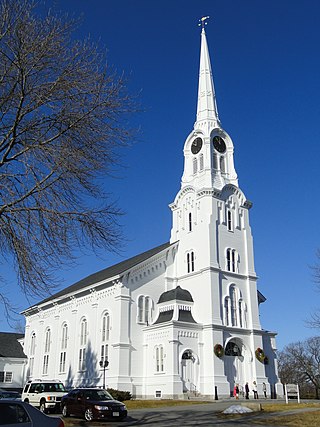
John Stevens (1824-1881) was an American architect who practiced in Boston, Massachusetts. He was known for ecclesiastical design, and designed churches and other buildings across New England.

Newhall & Blevins was an American architecture firm based in Boston, Massachusetts, active from 1903 to 1933. It was the partnership of architects Louis C. Newhall (1869–1925) and Albert H. Blevins (1874–1946). Newhall established a practice alone in 1901, forming his partnership with Blevins in 1903. They were partners until 1919, and remained associated until the death of Newhall in 1925. After Newhall's death, the firm was reorganized as Newhall & Blevins Inc. with John W. Reth (1888–1940) as president and treasurer. Reth was an engineer and construction supervisor who had been with Newhall & Blevins for several years. The firm was dissolved in 1933, apparently due to financial troubles.
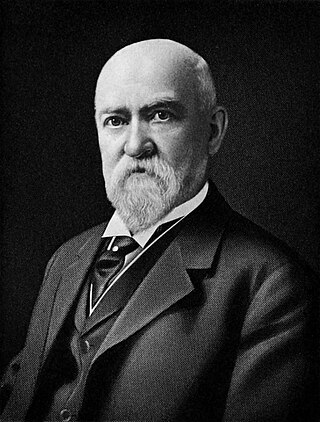
Eugene C. Gardner (1836–1915) was an American architect and author of Springfield, Massachusetts. Gardner was noted both for the architectural influence of his extensive practice as well as his writings on the American home. Gardner was the most notable architect of Springfield.
